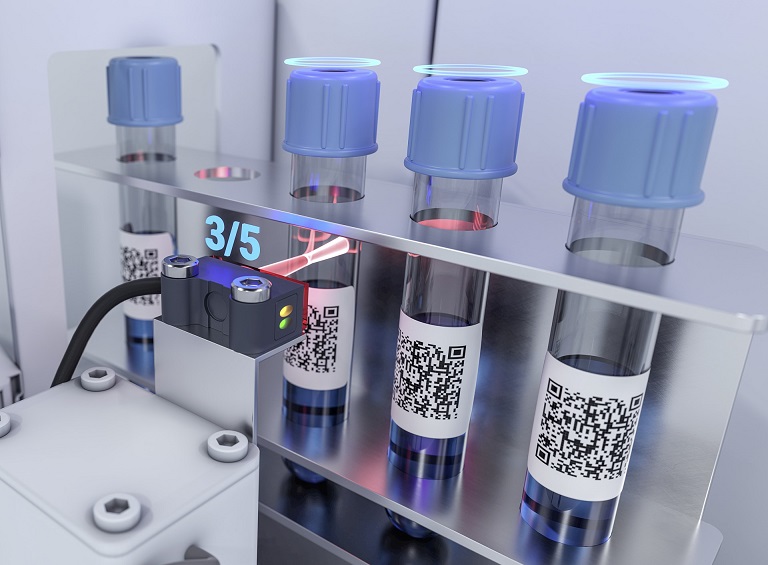High performance sensing tasks can be fulfilled in constrained spaces with a range of compact optical sensing equipment
When a sensing application demands the highest level of performance and reliability in detecting objects and their positioning, the latest photoelectric sensors with IO-Link connectivity is one of the best options. Photoelectric sensors are by design, able to deliver superior performance to size ratio compared to other types of sensors, which is why it’s the second most globally used type of sensing technology.
Photoelectric sensors have the ability to see (and react) to a variety of subjects, which can often be placed in some of the more challenging sensing environments. The kind of variables that could have a detrimental effect on the process system performance can include irregularly shaped or reflective objects, poor lighting conditions, variations in mounting angles or the presence of dust or debris between the sensor and the subject.
The optical sensor technology available from sensing and Instrumentation specialist Baumer, includes a wide ranges of different sensors as well as associated encoders, measuring instruments and components for automated image processing. This range of photoelectric sensors is designed to provide high performance in a compact design enabling them to be used in applications where space is a significant constraint. These sensors and instruments also have the ability to perform reliably even when faced with challenging sensing environments, variable mounting positions or inconsistent lighting conditions. Operators also have the benefit of features such as plug and play integration, resulting in faster design-into systems and therefore quicker integration into production processes.
Application flexibility
Variation in application suitability is catered for in the choice of models and the flexibility of configuration. The OT300 / OT500 sensors can be used for applications where there is a requirement for longer range measurement of objects up to 2.6 metres. These sensors use “time-of-flight” measurement and provide reliable object detection of reflective, glossy or irregularly shaped objects. In addition, the standardised IO-Link ensures they can be quickly and easily integrated and configured with fast parameterisation options.
For smaller sensing applications, the miniature 0200 sensor is available which is particularly suitable for overall sizes from 8mm and provides a good size performance ratio. It offers very high immunity to ambient light, operates with a point and line beam shape and is adjustable via qTeach or IO-Link with LED and laser along with qTarget. A through-beam sensor measures subjects at up to 6m distance.
Standard sensors are also available such as the 0300 / 0500 devices which incorporate a powerful microcontroller and are suitable for general process sensing applications. They feature 7 sensor principles, 4 light sources along with line or point beam shapes. They are easy to install and operate and are Industry 4.0 and IoT ready with I/O link integration.
- UK manufacturing steps up to COVID-19 crisis - April 2, 2020
- Clustering Innovation - March 12, 2020
- A Global Monitor - March 6, 2020

